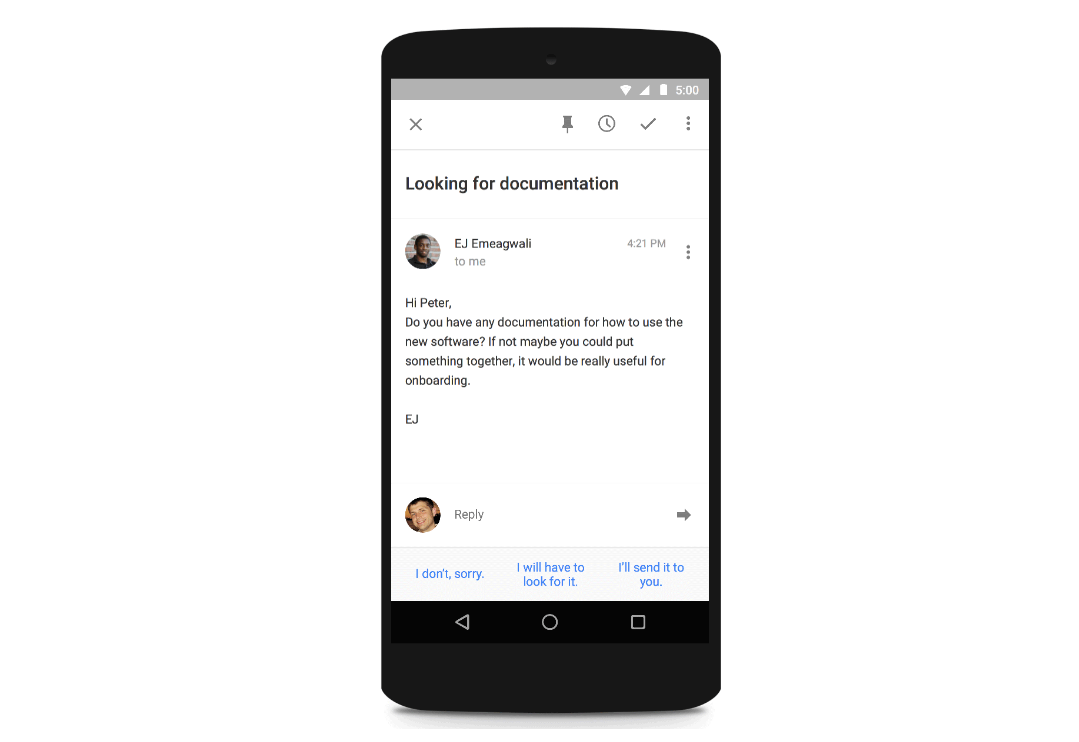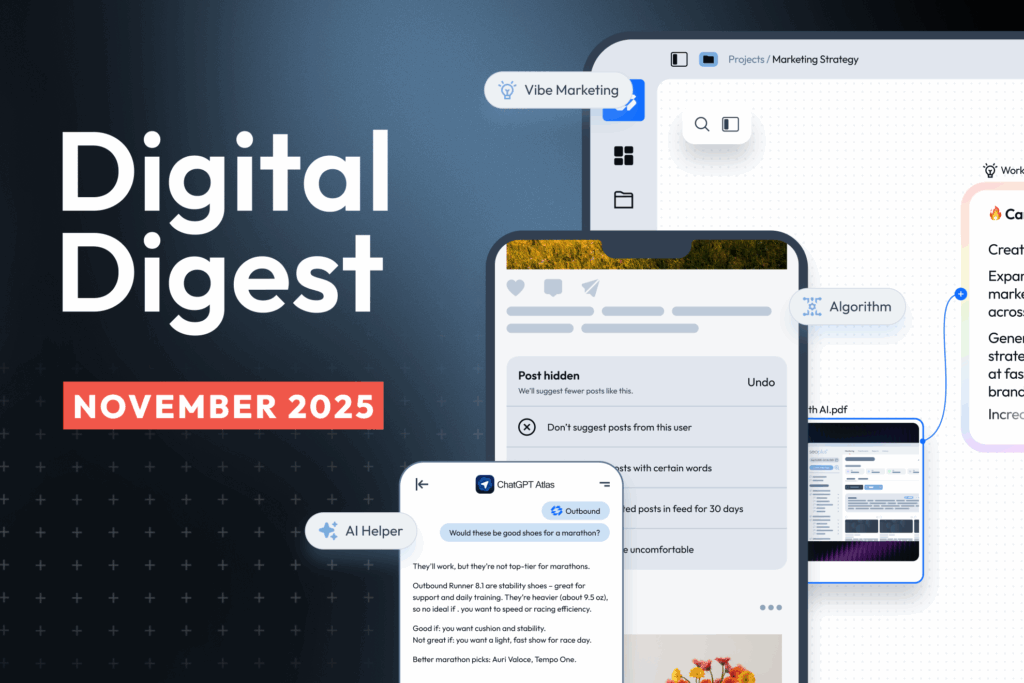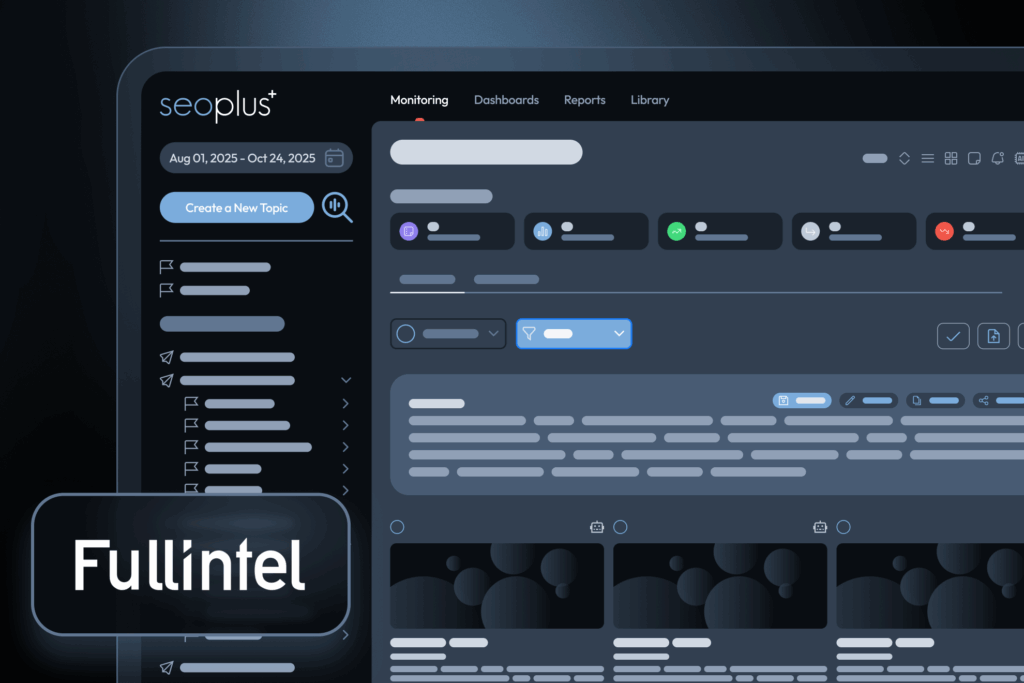If you’re like me, your inbox is a constant flood of new messages between the hours of all day long. If you manage both a work and a personal account, this holds doubly true. Trying to type out a long professional reply to an important business email during your commute home is easier said than done. Alphabet’s Google’s Gmail recognizes that the increasing shift to mobile makes replying with in-depth and thoughtful emails is becoming an increasing difficult task.
Enter Smart Reply, Gmail’s solution to the mobile shift. Smart Reply’s algorithm analyses every email you receive and uses contextual cues to suggest three short responses or shortcuts to a longer reply. For example, let’s say your coworker asks you if you can forward her a client invoice. Gmail suggests three replies: “I don’t have it, sorry.” “I’ll look for it.” and “I’ll send it to you.”
If your best friend asks about your vacation plans, Gmail will suggest something like “No plans yet.” “I’ll send them to you.” or “I’m working on them.” You can send the email with no additions on your part, or continue the email: “No plans yet, but I’m thinking February 20th-27th in Punta Cana sounds about right.”
Smart Reply uses machine learning to flag which emails are soliciting a reply and use contextual cues to generate natural language responses. The cool thing about Smart Reply is that it gets better the more you use it. For example, through beta testing Smart Reply learned that “I love you” is not an appropriate auto-response for a work email!
Check out this blog from Google Research for an understanding of the computer brains behind the operation. Here’s how Smart Reply works:
…the Smart Reply System built on a pair of recurrent neural networks, one used to encode the incoming email and one to predict possible responses. The encoding network consumes the words of the incoming email one at a time, and produces a vector (a list of numbers). This vector, which Geoff Hinton calls a “thought vector,” captures the gist of what is being said without getting hung up on diction — for example, the vector for “Are you free tomorrow?” should be similar to the vector for “Does tomorrow work for you?” The second network starts from this thought vector and synthesizes a grammatically correct reply one word at a time, like it’s typing it out. Amazingly, the detailed operation of each network is entirely learned, just by training the model to predict likely responses.
Where would you like to see Smart Reply go from here? Let us know with your Smart Reply in the comments section…






